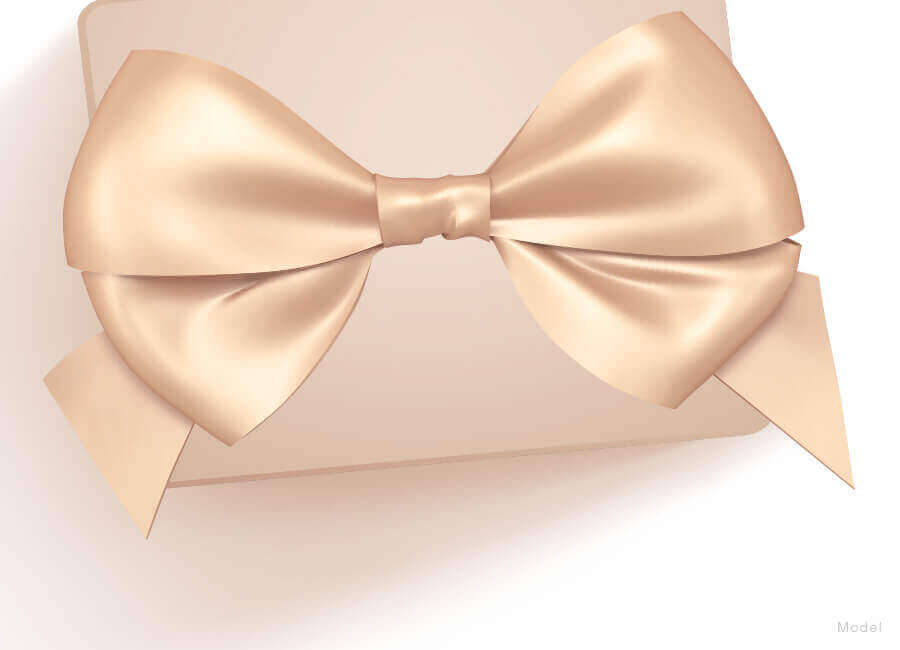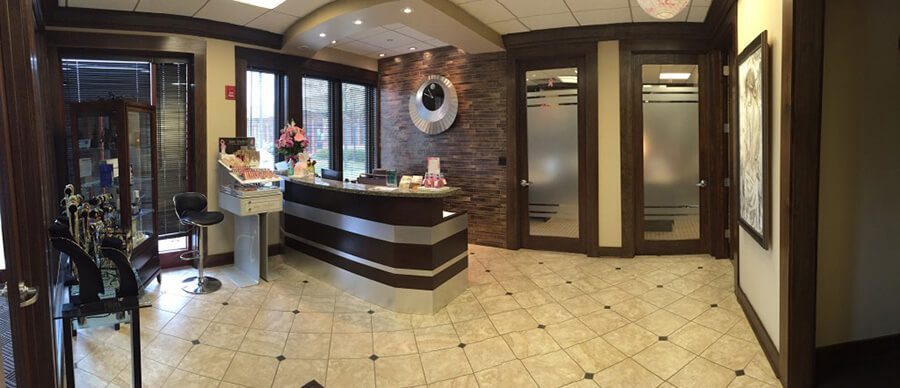Breast Augmentation Fat Transfer
Breast Fat Transfer
Fat transfer to the breasts is often described as the best of both worlds. If sacrificing heavy thighs, a bulging tummy, or flabby arms in order to have bigger breasts is something that you are willing to do, then this procedure is definitely for you! Fat transfer to the breasts uses liposuction to take your body fat from areas you would like to be smaller and injects it into your breasts.

Am I a Good Candidate?
It is important to note that not everyone is a good candidate for fat transfer. For this procedure, you must be over 18 years old, a non-smoker, no more than 30 pounds overweight, and in good health. You must have realistic expectations about the procedure as breast augmentation with fat transfer has a different look than augmentation with implants in terms of size. Fat transfer to the breast results in a less pronounced difference in size. Because the procedure allows for a set maximum amount of fat to be transferred at one time, you may need more than one surgery in order to reach your desired size. The doctor can determine that when you come in for your complimentary consultation.
The Procedure
This 2-3-hour outpatient surgery is performed in our state-of-the-art surgical suite under IV sedation or under general anesthesia. First, the surgeon uses liposuction to harvest fat from other areas of the body, which typically include the lower back, love handles, abdomen, and thighs. Once the fat has been collected, it is ready to be processed and purified before it is reinserted into the breasts. The fat will be injected at different depths to achieve the desired results. As the doctor injects the fat, he will use massage techniques to make sure the fat distribution is proportioned and smooth. In most cases your doctor will over-inject to accommodate for the fat cells that will naturally be resorbed back into the body.
The Recovery
You can expect swelling and a bit of bruising at harvesting sites. You should take it easy to avoid any strenuous activity that would increase your heart rate because that would cause additional swelling. You must be careful to avoid any pressure on your breasts for the first two weeks post-op. The transferred fat cells are very fragile and any additional injury can lead to fat cell death, leading to resorption of these cells by the body. After the initial two weeks post-op, you can ease back into all of your daily activities within reason. In that time, you will likely lose some breast volume as the residual swelling resolves. You may lose a tiny bit more volume over the next three to six months, but by the six-month point, you should be looking at a relatively final result.
Terms to Know
Liposuction for Fat Transfer – also known as body contouring is performed using a variety of techniques. For fat transfer, Body Jet is the preferred method for harvesting the fat because it maintains the integrity of the fat cells, leaving them viable for transfer to the desired area.
Fat Grafting – the method of taking one’s harvested fat cells and transferring them to another area of the body.
IV Sedation – a form of anesthesia using only intravenous medication to induce a deep sleep. This type of anesthesia does not require the patient to be intubated, as the patient is capable of breathing on his or her own.
General Anesthesia –is the state produced when a patient receives medications for amnesia, analgesia, muscle paralysis, and sedation. With general anesthesia, the patient relies on a breathing tube due to the state of paralysis.
Breast Augmentation Fat Transfer
Frequently Asked Questions
-
If I want much larger breasts than I currently have, will I need to have multiple fat transfer procedures?
Yes. If you want significantly larger breasts, the fat transfer method of augmentation may be price prohibitive. You may want to discuss fat transfer vs. breast implants with your plastic surgeon.
-
How long will the results last?
With fat transfer, the results are considered permanent. With that said, if the patient loses a significant amount of weight, she will lose breast volume as well.
-
How does the body resorb some of the transferred fat?
Not all fat cells survive the transplant procedure. Those that do not are phagocytized by the lymphatic system and passed through the urine as waste.








